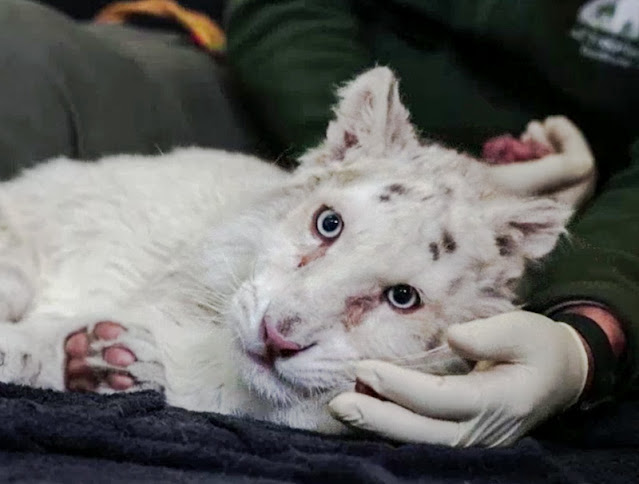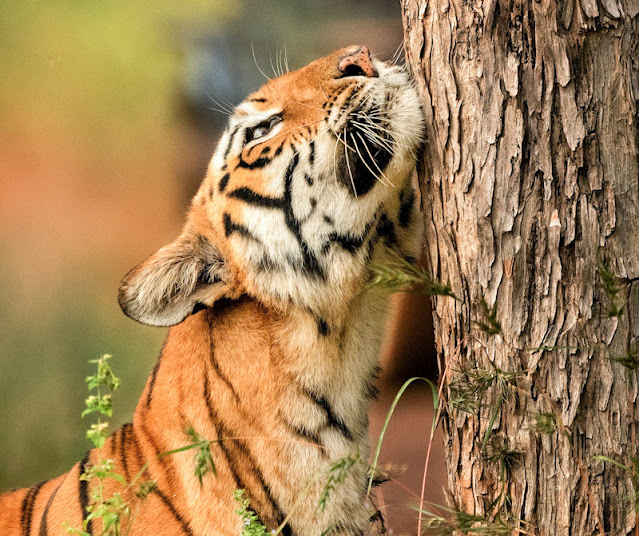Tigers, on the whole, are very good-tempered and don't attack people

It may surprise people to know that one of the world's great white hunters turned tiger conservation specialist, Jim Corbett, after which a tiger reserve has been named, said that, "Tigers, except when wounded or when man-eaters, are on the whole very good-tempered. Occasionally a tiger will object to too close an approach to its cubs or to a kill that it is guarding. The objection invariably takes the form of growling, and if this does not prove effective it is followed by short rushes accompanied by terrifying roars. If these warnings are disregarded, the blame for any injury inflicted rests with the intruder." Image in the public domain. The healthy tiger is a reluctant attacker of people. It wants to avoid people. They have the ability to kill people quite easily but the surprise to many is that they rarely do so. Radio collared tigers had been found about 10 m from a trail were hundreds of people walk. They have been seen next to a river in which tourist boats pass w...




